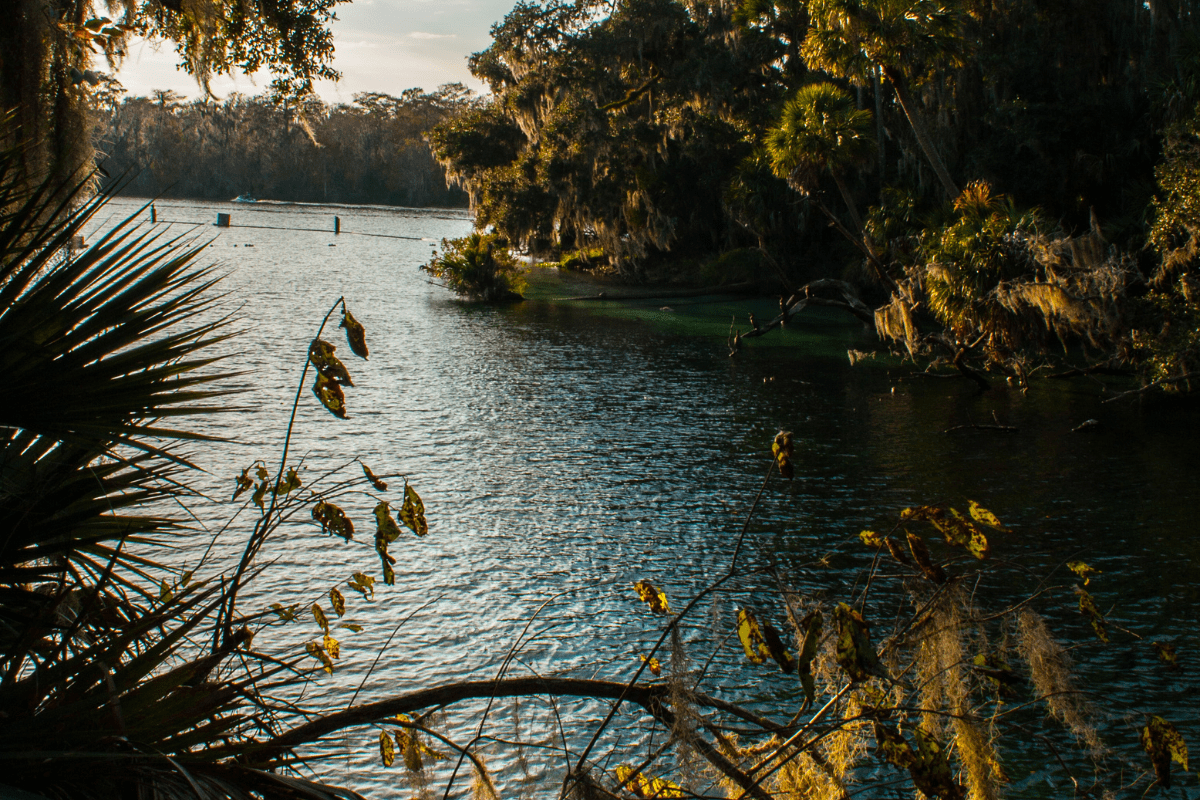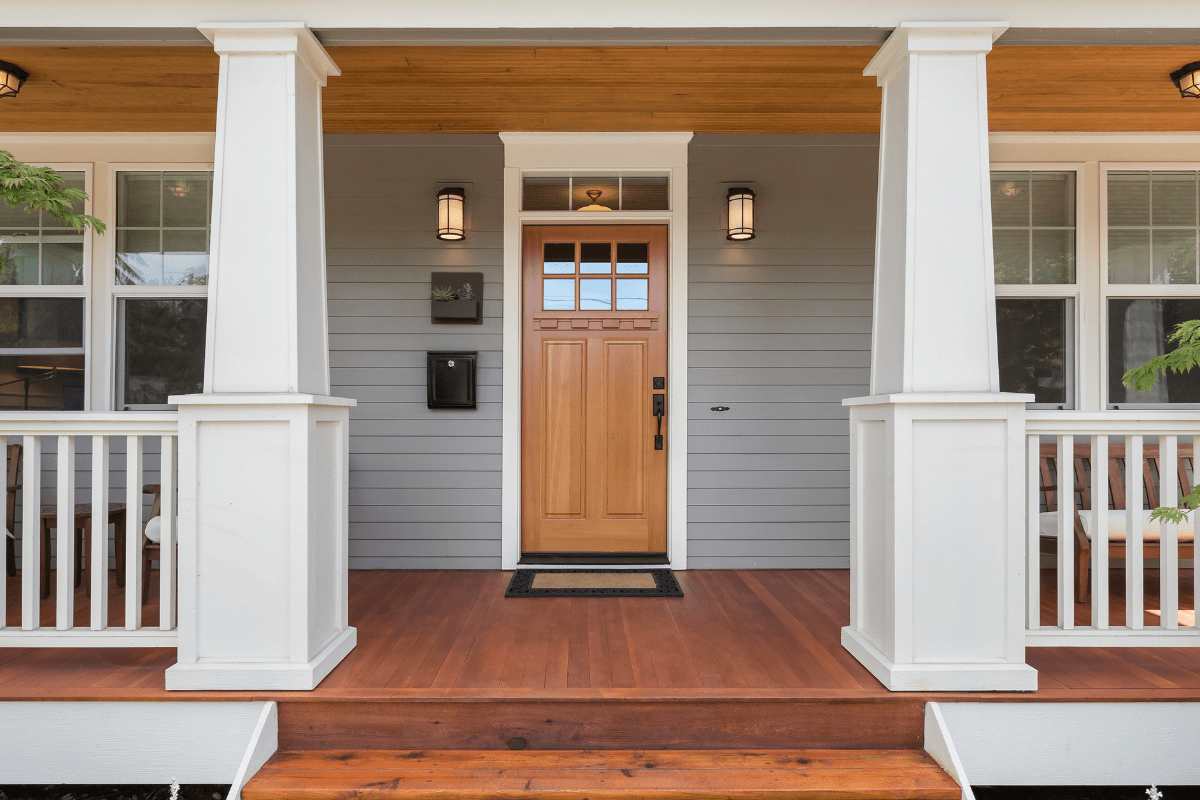Florida has way more to offer than just theme parks and retirement communities. With 175 state parks scattered across 815,000 acres, you're basically guaranteed to find a slice of natural paradise within driving distance, whether you're into swimming with manatees, climbing down into mysterious sinkholes, or just lounging on beaches that put postcards to shame.
Getting started without breaking the bank
Here's the thing about Florida State Parks: they're ridiculously affordable compared to pretty much any other vacation activity in the state. Most parks charge between 4 and 8 dollars per vehicle, which is less than a fancy coffee drink. But if you're planning to visit more than a handful of parks (and trust me, you will), the annual pass is where it's at.
The individual annual pass costs 60 dollars while the family version runs $120. Do the math and you'll see it pays for itself after just 4 to 6 park visits. The pass covers unlimited day-use entry to all 175 parks, though you'll still need to pay separately for camping, special tours, and activities like glass-bottom boat rides.
Making camping reservations (aka the Hunger Games of outdoor accommodations)
If you thought scoring Taylor Swift tickets was tough, wait until you try booking a campsite at Bahia Honda during peak season. Florida residents get 11 months advance booking, while the rest of us mortals get 10 months. Mark your calendar and set multiple alarms, because popular parks fill up faster than a manatee swimming toward warm water.
You can book online through Reserve.FloridaStateParks.org or call 800-326-3521 if you're more of a phone person. Camping rates vary from $18 to $36 per night plus fees, depending on the park and whether you're tent camping or need full RV hookups.
Timing your visit like a local
The best time to visit Florida State Parks is November through April, when the weather cooperates with comfortable temperatures, lower humidity, and fewer mosquitoes trying to carry you away. This is also prime time for one of Florida's most magical experiences: manatee viewing season, which runs from mid-November through March 15.
Summer brings its own charm, including:
- Warmest water temperatures for swimming
- Afternoon thunderstorms (pack a poncho)
- Higher crowds at popular parks
- Sea turtle nesting season (May through October)
Pro tip: Visit on weekdays whenever possible. I once showed up at St. Andrews State Park on a Saturday in March and got turned away because they'd reached capacity by 10 AM. Lesson learned.
North Florida's geological surprises
Wakulla Springs: Where Tarzan swung and manatees still rule
Edward Ball Wakulla Springs State Park near Tallahassee protects one of the world's largest and deepest freshwater springs, pumping out crystal-clear 72-degree water year-round. The park's crown jewel is its 1930s Spanish-style lodge, where painted wildlife murals on the ceiling will have you craning your neck like a tourist in the Sistine Chapel.
The river boat tours cost 7 dollars per person and run for 45 minutes, during which you'll likely spot alligators, various wading birds, and if you're lucky between November and March, manatees seeking refuge in the warm spring water. Swimming is allowed from a two-story diving tower that'll make you feel like a kid at summer camp. Just remember there's no camping here, so book a room at the historic lodge or plan this as a day trip. The entrance fee is 6 dollars per vehicle.
St. Andrews: Beach perfection with a side of dolphins
St. Andrews State Park near Panama City Beach earned the title "America's Best Beach" from Dr. Beach himself, and honestly, it's not hard to see why. With 1.5 miles of sugar-white sand beaches facing both the Gulf of Mexico and Grand Lagoon, you get variety without having to move your beach chair.
The real adventure starts with the Shell Island ferry service, which costs $19.95 for adults and $12.95 for kids. This takes you to 7 miles of undeveloped barrier island where you can pretend you're on a deserted island… along with a few hundred other people pretending the same thing.
The park offers 176 campsites with full hookups for $28 per night plus fees, and they even have glamping sites with air conditioning for those who like their nature with a side of comfort. Snorkeling around the rock jetties often rewards you with colorful fish sightings and dolphins showing off for their audience. The 8 dollar vehicle entrance fee is worth it, but arrive early on weekends or risk getting turned away.
Falling Waters: Florida's unexpected waterfall
Falling Waters State Park proves Florida has more elevation than most people think. Home to the state's highest waterfall at 73 feet, this geological oddity features water cascading into a 100-foot-deep cylindrical sinkhole that looks like nature's own infinity pool.
Here's the catch though… the waterfall only flows when there's been enough rain. Call ahead at 850-638-6130 to check water levels, or you might arrive to find Florida's highest dry hole instead. The park also features a 2-acre swimming lake with a white sand beach, because this is Florida and we put beaches everywhere, even inland. At just 5 dollars per vehicle, it's one of the best deals in the system.
Central Florida's spring-fed paradise
Blue Spring: Manatee central and swimming heaven
Blue Spring State Park near Orange City has become THE place to see manatees, with a record 932 individuals counted on January 21, 2024. That's a lot of sea cows in one place! The first-magnitude spring produces 100 million gallons of 72-degree water daily, creating a winter spa for manatees when coastal waters get chilly.
Swimming reopened in May 2025 after year-long boardwalk reconstruction, but you can only swim from April through October when the manatees are vacationing elsewhere. During manatee season (mid-November through March 15), you'll be limited to viewing these gentle giants from the boardwalk, which honestly provides amazing views.
The park frequently reaches capacity during peak manatee season, so arrive before 9 AM or prepare for disappointment. Located just one hour north of Orlando, it makes for a perfect escape from theme park madness. The entrance costs 6 dollars per vehicle, and camping options include 51 sites with full hookups plus 6 modern cabins that book up months in advance.
Silver Springs: Glass-bottom boats and monkey business
Silver Springs State Park near Ocala preserves the birthplace of the glass-bottom boat and the largest first-magnitude artesian spring ever discovered. The famous 30-minute boat tours cost 15 dollars, while 90-minute tours run $30. These tours provide crystal-clear views into the spring where countless movies were filmed, from Tarzan to James Bond.
Here's what might surprise you: swimming is not permitted, though you can kayak or canoe for a $4 launch fee. Winter visitors might spot manatees, while year-round you'll see the famous rhesus monkeys that have called the Silver River home since the 1930s. Just admire them from afar… these aren't the cuddly type.
Keys and coastal treasures
Bahia Honda: Beach bliss at Mile Marker 37
Bahia Honda State Park consistently ranks among America's best beaches, and after spending a day here, you'll understand why everyone makes such a fuss. Located at Mile Marker 37 in the Keys, this 524-acre paradise offers three distinct beaches: Loggerhead facing the Atlantic, Calusa overlooking Florida Bay, and Sandspur (currently being restored after Hurricane Irma had its way with it).
The old Bahia Honda Bridge, a remnant from Flagler's railroad days, offers a nature trail with Instagram-worthy views. The shallow, protected waters make it perfect for families with kids who haven't quite mastered swimming yet. Snorkeling from shore reveals tropical fish that seem to pose for your underwater camera.
Camping here costs 36 dollars per night plus fees, while cabins range from $120 to $160 depending on the season. The entrance fee is 8 dollars per vehicle plus a $0.50 per person Monroe County surcharge, because even paradise has taxes.
John Pennekamp: America's first underwater park
John Pennekamp Coral Reef State Park in Key Largo holds the distinction of being America's first undersea park, protecting 70 nautical square miles of coral reef ecosystem. The glass-bottom boat tours run year-round for $50 per adult, offering views of the reef without getting wet.
For those who prefer getting wet, snorkeling tours depart four times daily to the outer reefs where the famous Christ of the Deep statue rests 25 feet below the surface. The park excels at accessibility with wheelchair-friendly boats and free beach wheelchairs available on a first-come basis.
Two artificial beaches provide shore access: Cannon Beach decorated with artifacts from Spanish shipwrecks, and Far Beach for those seeking fewer crowds. The full-service dive shop offers PADI certification courses and equipment rentals for all skill levels.
Hidden gems worth the detour
Dark skies and wild horses at Kissimmee Prairie
Kissimmee Prairie Preserve State Park earned recognition as Florida's first Dark Sky Park, protecting 54,000 acres where you can actually see the Milky Way with your naked eyes. Located 30 miles from the nearest town, this remote paradise hosts wild bison and horses roaming across pristine grasslands.
The park offers guided buggy tours for wildlife viewing and maintains a dedicated astronomy pad for serious stargazers. During new moon periods, the stars put on a show that'll make you wonder why you ever thought city lights were impressive.
Walking through ancient reefs at Windley Key
Windley Key Fossil Reef Geological State Park in Islamorada lets you literally walk inside an ancient coral reef. For just $2.50 per person, you can take a self-guided tour through quarry walls displaying five species of fossilized coral in the Key Largo Limestone formation.
This might be Florida's best-kept secret and certainly its most affordable unique geological experience. The park's small size makes it perfect for a quick stop while island hopping through the Keys.
Essential tips for park success
What to pack for any Florida State Park adventure:
- Sunscreen (SPF 50 or prepare to glow)
- Bug spray (the mosquitoes have their own zip code)
- More water than you think you need
- Comfortable shoes that can get wet
- Snacks (park concessions are limited)
- Patience for parking on weekends
Most parks welcome leashed dogs in day-use areas, though they're not allowed on beaches, in swimming areas, or inside buildings. Service animals are welcome everywhere, because they're the goodest boys and girls.
Many parks offer equipment rentals for activities like kayaking, snorkeling, and beach lounging, though bringing your own gear saves money and guarantees availability. Beach wheelchairs are available at many coastal parks on a first-come, first-served basis.
Recent changes and future outlook
The Florida State Park system continues evolving, with recent developments including enhanced accessibility features and new reservation systems. The controversial Great Outdoors Initiative that proposed adding golf courses and resorts to nine parks was defeated after massive public opposition, proving that Floridians take their natural areas seriously.
Several parks are still recovering from recent hurricanes, so check current conditions before visiting. Despite these challenges, the parks contributed $3.8 billion to Florida's economy while supporting 52,000 jobs, showing that nature tourism is serious business.
Making the most of your parks adventure
Florida's state parks offer incredible diversity across their 175 locations. Whether you're swimming with manatees at Blue Spring, snorkeling coral reefs at Pennekamp, descending into Devil's Millhopper sinkhole, or stargazing at Kissimmee Prairie, each park provides unique experiences worth exploring.
Smart planning makes all the difference. Buy that annual pass if you'll visit multiple parks, book camping months ahead for popular destinations, and time your visits for optimal weather and wildlife viewing. Most importantly, venture beyond the famous parks to discover hidden gems where you might have a pristine beach or spring almost to yourself. These protected lands showcase the real Florida… a place where ancient springs bubble up through limestone, manatees gather in record numbers, and dark skies still reveal the cosmos in all its glory.





